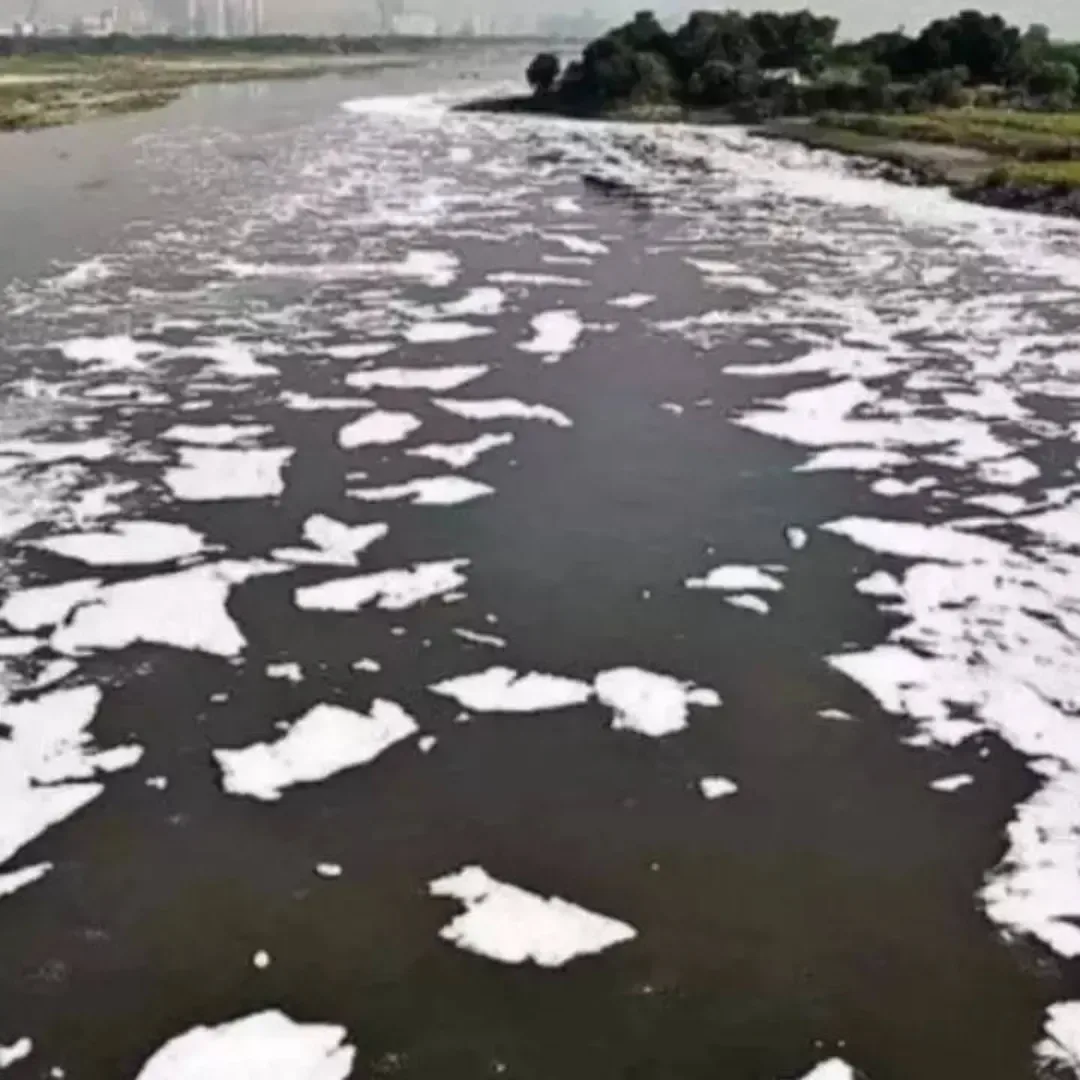11
Pollution in Yamuna: The Delhi Jal Board had announced to extract silt from the Wazirabad pond, but the project could not be started due to the monsoon.
Pollution in Yamuna: In an attempt to increase the water vision capacity of the Yamuna River, the Delhi government is planning to contact the National Green Tribunal (NGT) to allow the river dragging in the national capital. Officials said on Friday that dreging is usually a process to drain the silt and waste accumulated in water bodies for years, which increases the water storing in the river. Recently, due to heavy rains, many areas near the river coast faced the problem of urban floods, mainly due to the low carrying capacity of regulatory drains.
Not currently allowed to dragging
Officials said that at present the dragging of the river is not allowed, but we will contact the NGT for approval. After this a detailed project report will be prepared. This will increase the carrying capacity of the river. According to estimates, despite having only two percent of the total length of Yamuna, Delhi contributes 76 percent of its total pollution load. In Delhi, Yamuna flows up to 52 km, out of which the 22 km important section has become the focal point of diverse planning and policy efforts from Wazirabad to Okhla. Earlier Delhi Jal Board (DJB) Had announced a plan to extract silt from the Wazirabad pond, but the project could not be started due to the arrival of monsoon.
Draering will increase water storage capacity
Officials said that we had issued an tender to appoint an agency to remove the storage capacity of the raw water pond of Wazirabad to increase the storage capacity of the pond. However, by the time the work started at the ground level, the monsoon arrived. Now we will start that project. The Delhi Jal Board issued an tender inviting companies to work at a cost of Rs 25 crore, under which 3.63 lakh cubic meters of silt was to be extracted from the pond. Due to this work, the water holding capacity of the raw water pond is likely to increase by about 100 million gallons (MGD) per day. Here the Delhi Jal Board has built one of the largest water treatment plants in the city, which has an average water production capacity of 138 MGD. As per the plan, after the dragging process, the river will be able to store double water from its current capacity, which will reduce the problem of overflowing of drains and the return of river water in the city.
Also read: Yamuna water landed in Delhi, people breathe at relief; Water level below the danger mark


